
We’re still frittering away the dog days of summer, but before you know it, hunting season will be upon us. Have you put the work in to be truly ready when you go out to chase deer, elk or what have you? Luckily, there is ample time to make sure you hit the mark when it matters most. With this in mind, here are 6 simple ways to ready yourself for hunting season. They won’t guarantee you bag a trophy, but they’ll have you prepared if the opportunity presents itself.
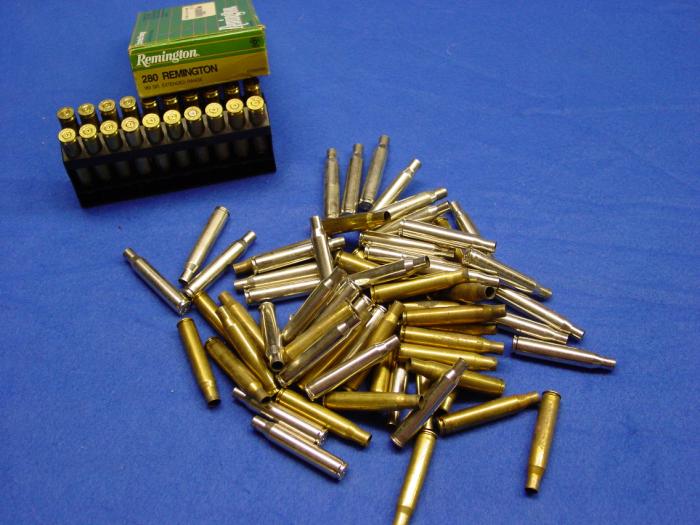
The day before you head afield to bag that Boone and Crockett whitetail is no time to switch up ammunition. The box of 180-grain soft-points you pluck off the shelf at the outfitters is going to perform differently out of your .30-06 than those 150-grain boat tails you’ve practiced with all summer. The least appropriate time to test the difference between each projectile's wind drift at 400 yards is when there’s a slobberknocker in your crosshairs.
Well before the season starts you should already be going through your ammunition selection process. This includes brushing up on its potential terminal ballistics (does it have what it takes to get the job done?). Test out the round to make certain it performs in your rifle (not every gun likes every load). Get familiar with your chosen round by pitching plenty of it downrange (make certain you aren’t going to flinch come crunch time).
Knowing your ammunition will give you the extra boost of confidence you’ll need in the field and will pay off when you have your wall-hanger in your sights.
Screw It
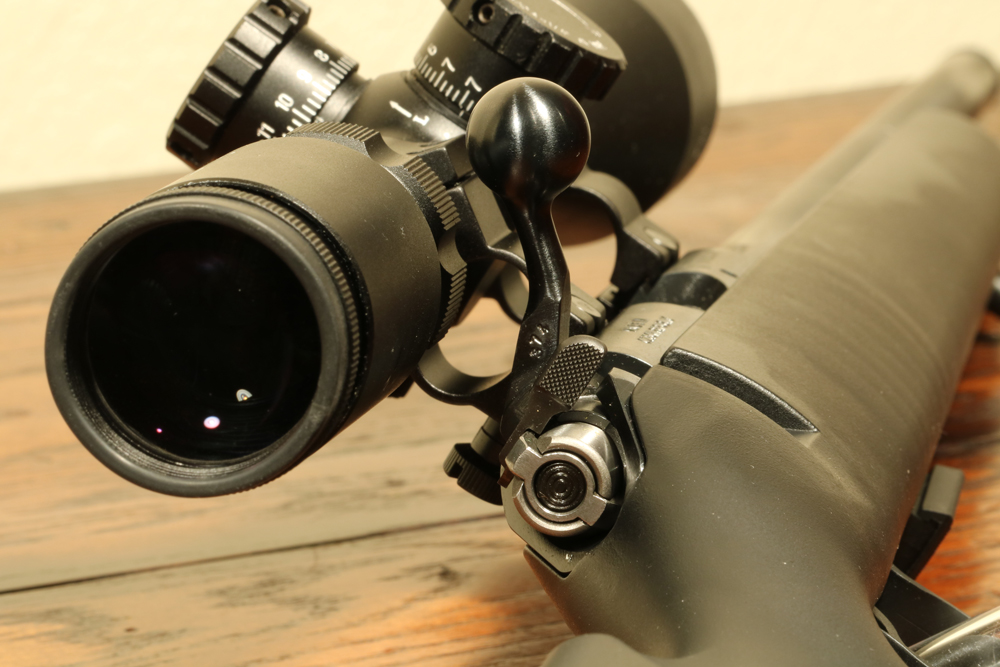
Screws come loose. That’s the nature of the universe. And few things foul up a hunting trip faster than loose screws that result in a scope rattling in its rings or an action bouncing off its bedding. Plain and simple, your gun isn’t going to shoot straight. This situation is avoidable with a point-by-point check of your rifle.
Armed with your torque-limiting screwdriver and factory-recommended torque specs (available at most gunmakers' websites), check to make certain the action screws are tightened to spec. Next move to the scope; make sure it won’t rotate or slide forward and back in the rings. Also, make sure the mounts don’t have any give to them. If they do, it’s time to pull the scope and cinch up those base screws. It’s handy to have some blue Loctite (repeat BLUE Loctite) and a torque wrench on hand for your scope work.
By all accounts, if you take care of your rifle and shoot it regularly, these should be issues you troubleshot long ago. But it doesn’t hurt to add a layer of redundancy to your hunting regime.
Sight In Your Rifle
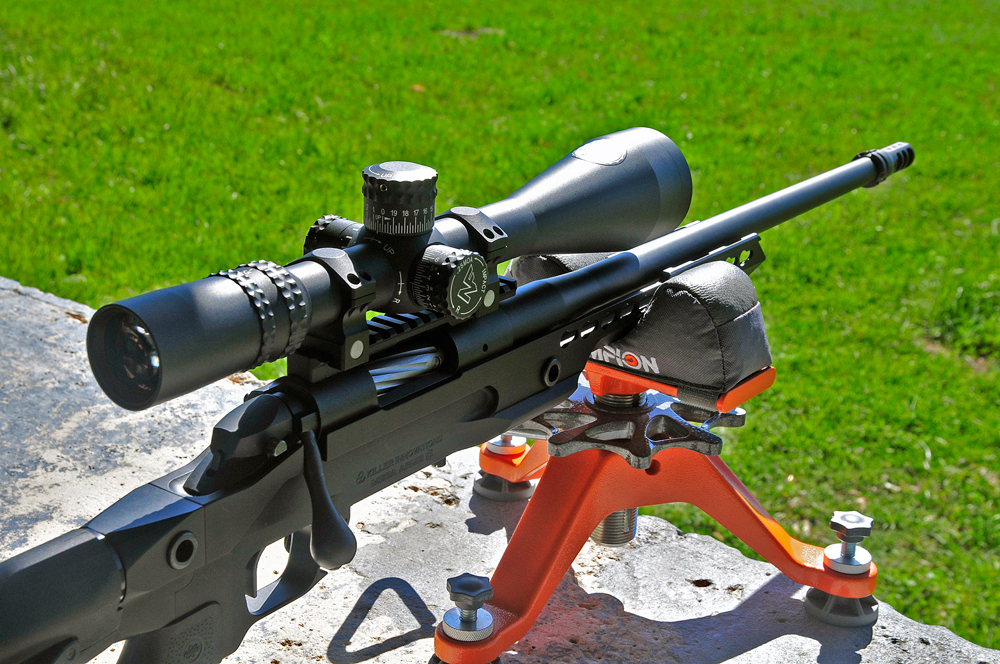
Sighting in your rifle is perhaps the single most important pre-season prep you can do. If your scope isn’t on target, how the heck do you expect to hit anything?
There are numerous methods you can use to dial in your rifle, including this handy one from Wayne van Zwoll. And it’s best to do this off a bench on a calm day to eliminate all the possible variables. But sighting in shouldn’t be a one-time deal.
Unless you’re only heading down the road an hour or so from where you live, you should plan on checking your zero once you reach deer or elk or bighorn camp. Jostling around behind your pick-up truck’s seat or getting flung about by airport baggage handlers has the tendency of rousing the gun gremlins. But there’s potentially another reason you should double-check your zero — elevation.
If you leave the flatlands and head into the high country (or vice versa) the atmospheric pressure will have an impact on your bullet’s trajectory. At most typical hunting ranges (200 yards and in), it will be minimal. But go out to 400 yards and beyond, and the difference in bullet drop is measured in inches.
Even if you don’t plan on taking a long shot, it’s worth a couple of rounds just to get a feel for where your bullets are hitting when you’ve added or subtracted 8,000 feet of elevation.
Get Off The Bench
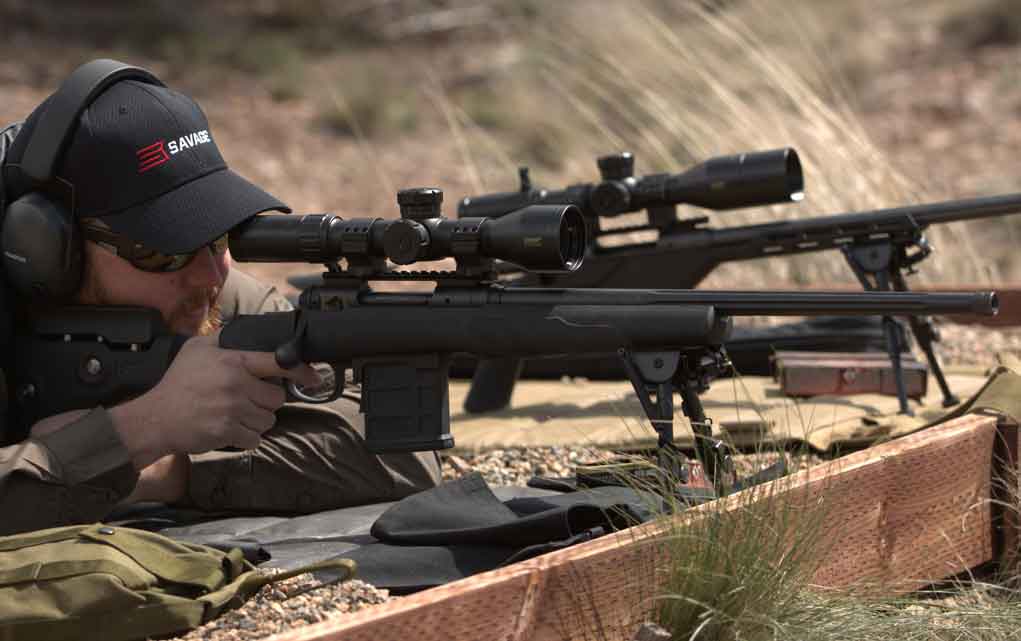
Chances are you aren’t packing a benchrest on your hunting trip. So, it would be a good idea to take some shots in the likely positions you’ll be forced to use in the field. At the bare minimum, this means getting some off-hand shots under your belt and some from the kneeling position.
If possible, it would be a good idea to shoot off equipment you plan to use on your hunt. The only time of year you shoot off sticks shouldn’t be when a top-notch bull elk cuts from the herd. Loop up that sling and hold your target for a good spell. Get your belly in the dirt and build your shooting base off your hunting pack. It’s uncomfortable, grimy and doesn’t always leave those neat little clover-leaf groups we all love. But it’s the sort of sweat equity and forethought that irons out the little kinks of practical shooting and earns you a dang fine rack and a freezer full of meat come the end of the day.
Break A Sweat

Hunting is a physical activity, but there are plenty of people who don’t prepare for it that way. The range is a comfortable place, especially when sub-MOA groups print like they’re rolling off a press. But really, will you have a low heart rate and crystal-clear head when you pull the trigger on that dream mule deer? Didn’t think so.
Most likely, you’re going to have to hump in a good distance to get to your hunting grounds. You’re going to have to execute a stalk once you find your game, almost certainly over rugged terrain. And even if you plan to sit in a treestand or a ground blind, chances are you’ll still be hunting on the way in, with a load of gear on your back. Each and every one of these scenarios will get your heart pumping and your muscles quaking — far from ideal circumstances for placing a precision shot.
You can, however, make certain your aim is steady, even if your body is fighting you before the season starts. A little physical exertion before you shoulder your rifle at the range can go a long way to acclimate you to taking a realistic shot in the field. Yes, it might seem a bit out of place cracking off a set of jumping jacks before settling down behind the trigger. But doing so, you’ll learn how to relax your mind and body quickly, manage and minimize your arc of movement (especially if you aren’t shooting off a rest) and incorporate proper breath control in the blink of an eye.
Sure the guy in the next lane — the one that hasn’t moved six inches in the past hour — might give you the cockeye. But he’ll be the one at a loss when he’s winded and shaky at the moment of truth.
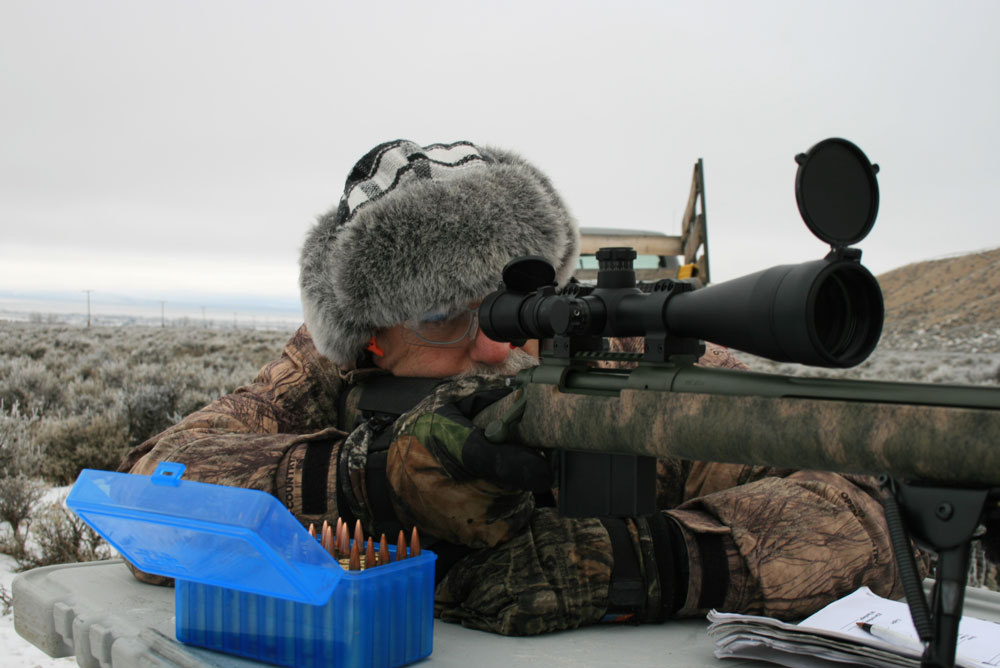
Actually, you needn’t get completely decked out in everything you plan to take into the wilds at the range. But it is worth your time to wake up your muscle memory to what it feels like to shoulder your rifle with your gear on.
A thick coat, straps on your pack and winter hunting gloves all drastically change how even the most familiar rifle fits your frame and how you'll operate it. Now is the time to remember how everything comes together with all those extra layers on. Are you still getting a tight cheek weld? How about the trigger; can you cleanly squeeze it? That pack, is it going to inhibit your shot?
Some good old home-based dry fire should do the trick in diagnosing how your gear interacts with your rifle. And don’t hold back. Do more than just shoulder your rifle off-hand and call it good. Get into the logical positions you’ll use in the field, and make sure there are no hang-ups of any kind. This goes double if you’ve bought brand new gear, of which you are unfamiliar.
Like all successful shots, the ones made hunting are about controlling variables. It’s better to account for them now when you can do something about them than when that once-in-a-lifetime moose vaporizes back into the timber because you couldn’t get you’re gloved finger into the trigger guard.
With Gun Digest Book of Long-Range Shooting, 2nd Edition by L.P. Brezny, get up-to-date with the most recent advances in guns and gear to extend your range for hunting, informal target shooting, and formal competition shooting. This second edition also explores special competitive shooting events, like the 3-gun competition and rifle golf 1000-1500-yard games, addressing their recent explosion in popularity. Additionally, discover new tools for long-range shooters both in the field and on the firing range, with coverage of new developments due to advances in military applied combat theory. Get Your Copy Now


![Best Concealed Carry Guns In 2025 [Field Tested] Wilson Combat EDC X9S 1](https://gundigest.com/wp-content/uploads/Wilson-Combat-EDC-X9S-1-324x160.jpg)


![Best 9mm Carbine: Affordable PCCs [Tested] Ruger Carbine Shooting](https://gundigest.com/wp-content/uploads/Ruger-Carbine-Shooting-100x70.jpg)
![Best AR-15: Top Options Available Today [Field Tested] Harrington and Richardson PSA XM177E2 feature](https://gundigest.com/wp-content/uploads/Harrington-and-Richardson-PSA-XM177E2-feature-100x70.jpg)
